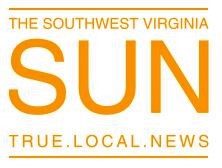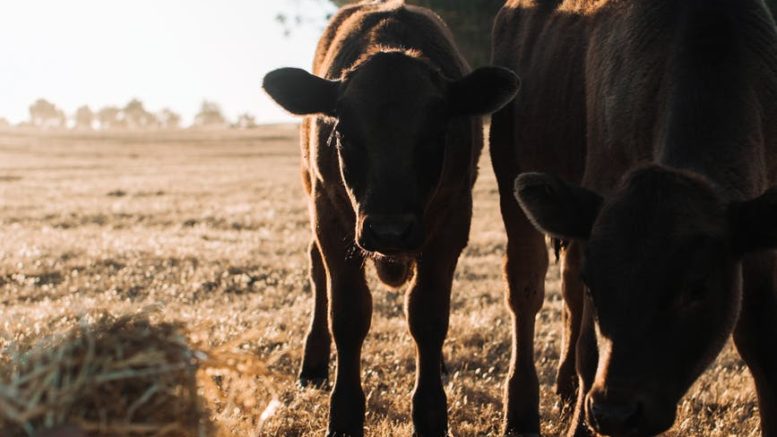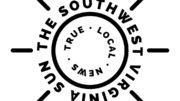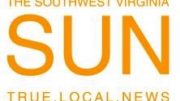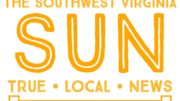The outlook for beef cattle production and consumption is looking brighter for 2021.
At a Jan. 12 workshop during the American Farm Bureau Federation Virtual Convention industry experts discussed how the pandemic sent consumer prices skyrocketing as farm prices plummeted. Both regulated quicker than expected.
By the end of 2020, “we were able adjust and get back over” the pace set the year before for processing cattle and hogs, shared Michael Nepveux, an AFBF economist. He noted that in early May, American beef production dropped 34% below the same time in 2019 due to panic food buying in supermarkets and health concerns in processing plants. In November 2020, away-from-home food sales totaled $50 billion, a 20% decline from 2019. Grocery store sales totaled $63 billion in the same period, well above pre-pandemic levels.
“COVID-19 is really the underlying driver of a lot of the disruption that we saw throughout 2020,” Nepveux said. “The frustrating thing is that 2020, in terms of livestock and animal protein, was actually shaping up to be a pretty good year.”
While drought in Western states and the logistics of vaccinating food service workers will continue to pose challenges in 2021, another farm economist is cautiously optimistic for the beef sector.
“Beef demand remained remarkably strong in 2020, given all the disruptions we dealt with,” said Dr. Derrell Peel, Oklahoma State University agricultural economist.
Beef production last year was near record levels, and a 1% to 2% production decline is expected in 2021, Peel said. A slightly smaller cattle supply is welcome news to producers and feedlots that lost money when they had to feed cattle for several extra weeks last spring. Now the outlook is brighter, and cattle prices are trending up.
“The whole industry pivoted in just a few months to adapt to major changes in the overall food supply network. Now that everyone has been through that, we don’t expect that problem to happen again,” said Margaret Ann Smith, a Rockbridge County cattle broker and member of the Virginia Farm Bureau Federation’s Livestock Advisory Committee.
Commenting on the workshop, she said that retooling the supply line was a major roadblock since more than half of the nation’s beef supply went to restaurants and commercial buyers before the pandemic, not grocery stores. Those challenges have been solved, and cattle prices are strong as the industry heads into spring.
